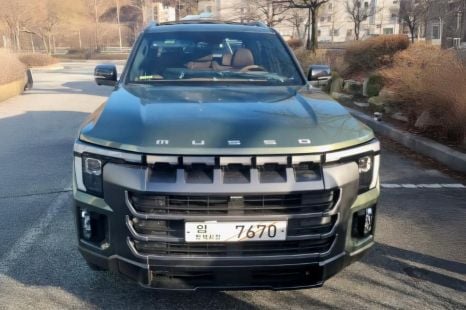

Damion Smy
2026 KGM Musso ute images leaked
38 Minutes Ago

Senior Contributor
Toyota has offered up new details on its first ground-up electric car, the bZ4x crossover, ahead of its worldwide (and confirmed Australian) rollout during the second half of 2022.
It has also shared a full gallery of the prototype.
The bZ4x was first revealed in April sits on a dedicated electric (EV, or BEV) platform belonging under the TNGA architecture umbrella. It was developed with and will be shared by Subaru, which has its own rebadged version called Solterra.
As well as the Tesla Model Y, the bZ4x will count the Hyundai Ioniq 5, Kia EV6,Mercedes-Benz EQB, Nissan Ariya, and the Volvo XC40 Recharge as competitors. The Ford Mustang Mach-E and Volkswagen ID.4 are other obvious targets.

The 4690mm long by 1860mm wide by 1650mm tall bZ4X is about Model Y-sized, or slightly longer and lower than a RAV4.
The cheapest versions will come as a front-wheel drive powered by a 150kW motor, giving modest (by EV standards) acceleration of 8.4 seconds 0-100km/h.
All-wheel drive (AWD) versions instead use two 80kW motors, one at each axle, to make 160kW combined and cut the 0-100km/h time to 7.7 seconds.
MORE: Australia’s electric car launch calendar
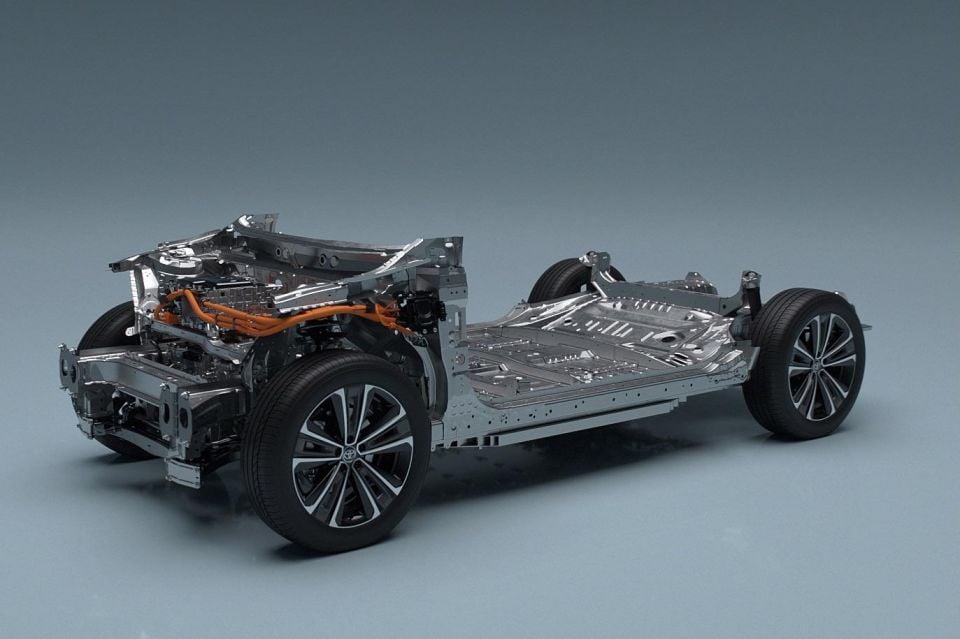
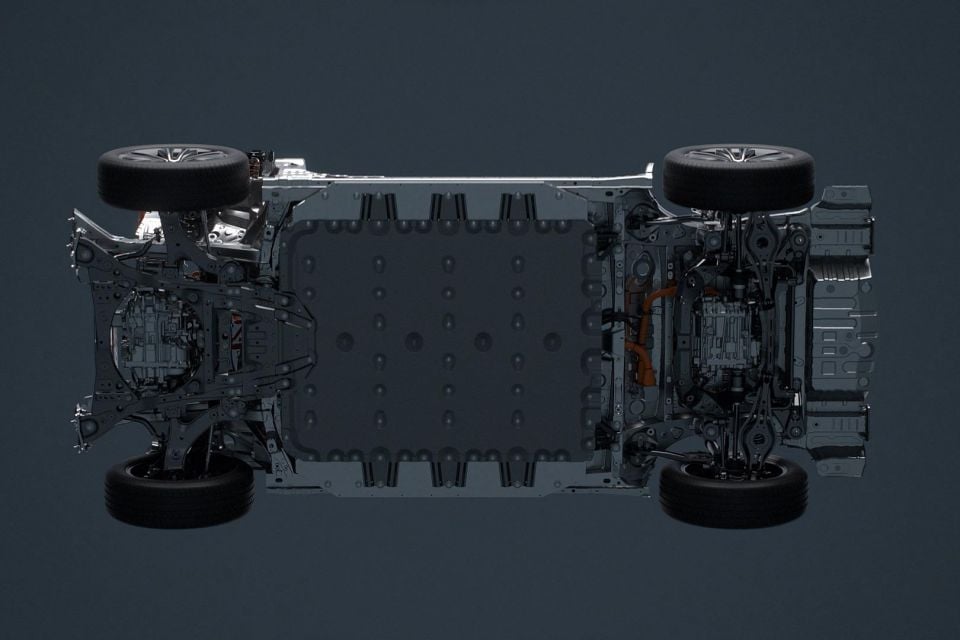
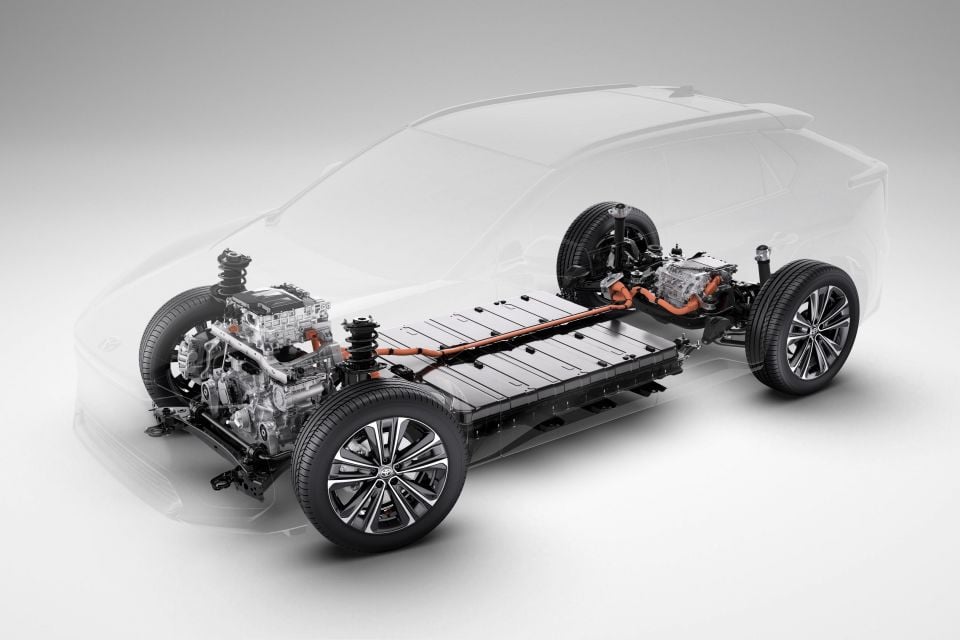

The E-axle packages motor, transaxle and inverter – a company first.
Dynamically the intention is for “linear acceleration… and high-precision output control” thanks in part to separate front and rear motor controls, and a Subaru-developed AWD system with EV-specific X-Mode slip control for low-traction surfaces.
Chinese models will also come with steering-by-wire and the Tesla-like (and bZ4x concept-like) steering yoke. Lock-to-lock is set at 150 degrees, steering torque (weight) is fed in based on the tyre angle, and vibrations and kickback are obviously removed.

Other regions will get this feature as at least an option in time, but Toyota also shows a more traditional steering arrangement (EPAS motor on the rack) and wheel. It’s also the first Toyota with a transmission shifter dial.
The FWD weighs 1920kg, with the AWD adding 85kg taking it to 2005kg. For context the dual-motor Tesla Model Y weighs 2003kg.
All will use a 71.4kWh lithium-ion battery with expected cruising ranges of 500km for the FWD and 460km for the AWD using WLTC protocols, able to absorb up to 150kW on a DC charger.

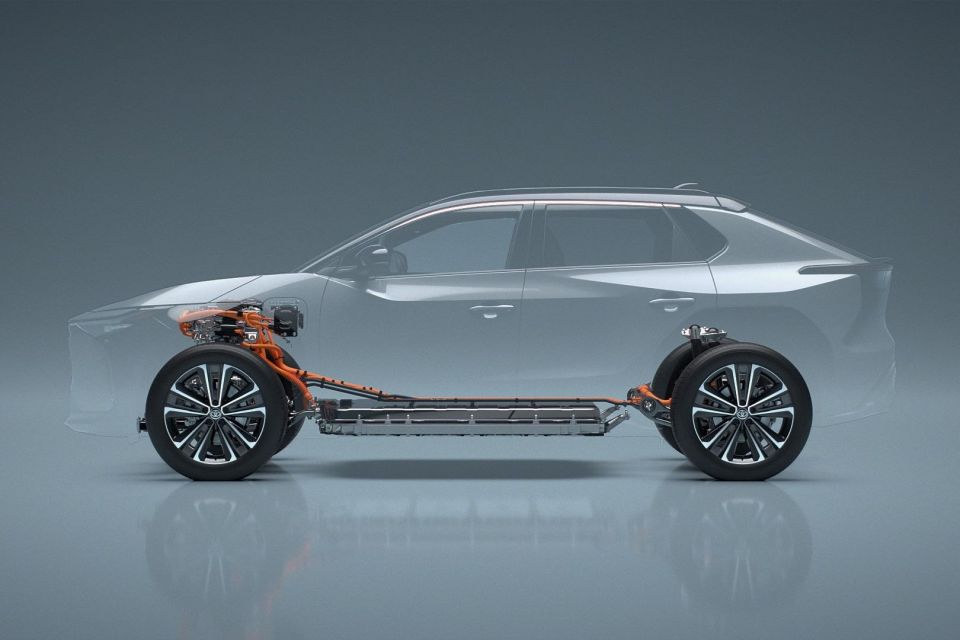
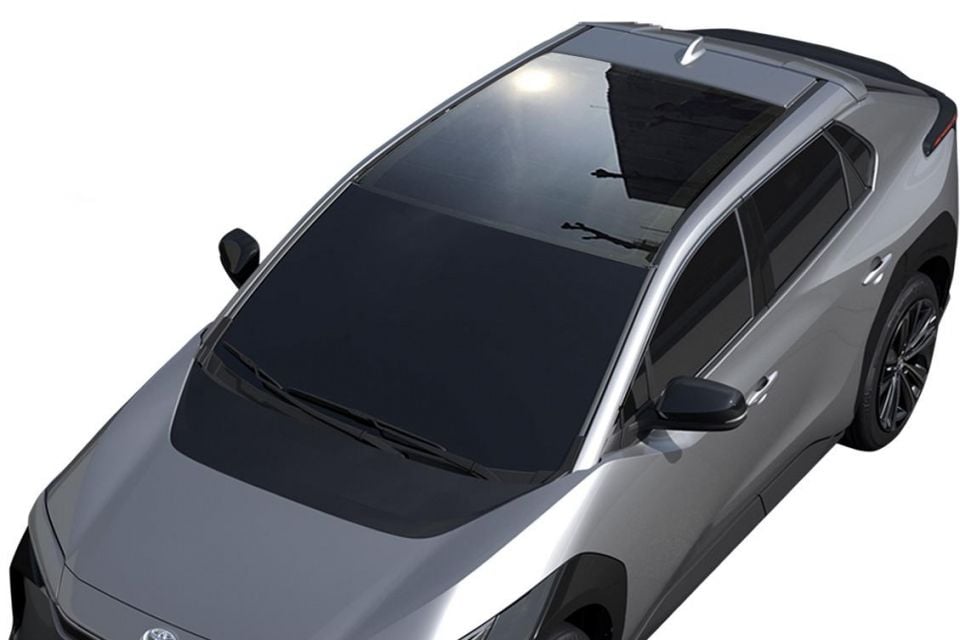
The bZ4x can also be optioned with a roof solar panel that can add 1800km of distance per year based on Toyota’s research. “Can charge in parking lots where there are no charging stations, and solar power can be used to charge in disasters or other emergencies,” it says.
The bZ4x will also be capable of V2L, or vehicle-to-load services as explained in our feature here.
Toyota says its target is for the battery to retain 90 per cent of its capacity after 10-years or 240,000km of use. Cold-market friendliness is bolstered further by Toyota-first radiant foot-heating and a heat pump-type A/C.
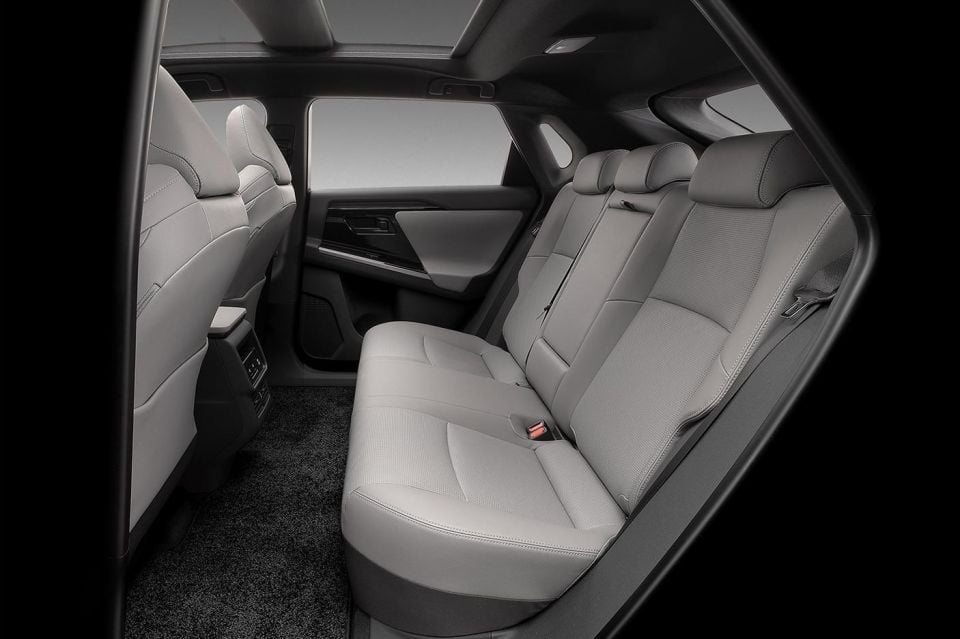
Toyota claims to offer a cabin as wide as a D-segment luxury sedan, at 1000mm, and best-in-segment front and rear legroom.
On this theme, “high soundproofing glass and wind-noise reduction provides a quietness that enables clear conversation while driving”, it says.
It uses cloud-based navigation, has conversational voice control for functions like the wipers and A/C, can use a phone app as a key (presumably with NFC), and will accommodate over-the-air updates to driver-assist and infotainment software.
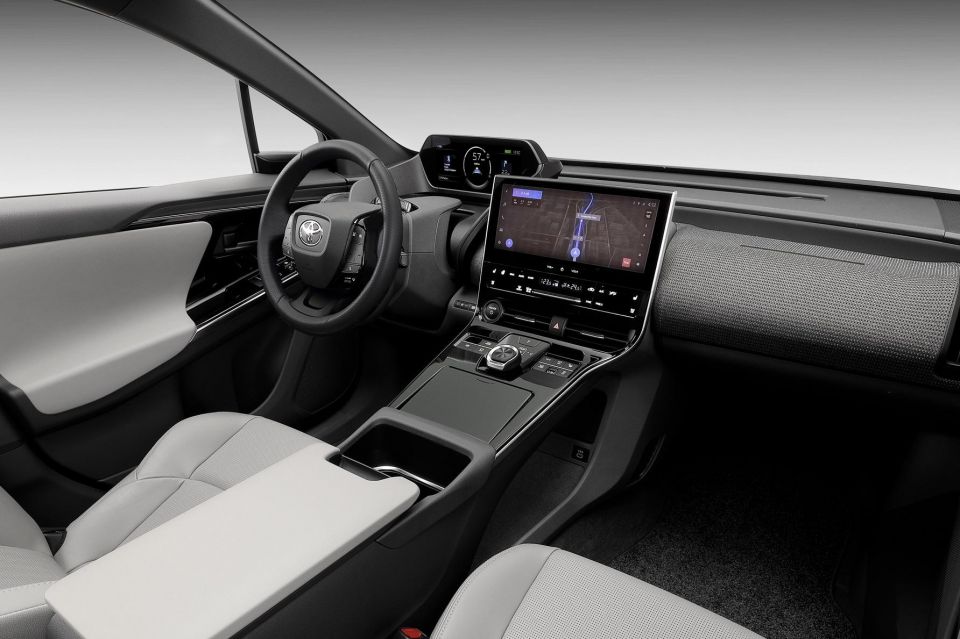
Toyota will have an electric hero car to sit above its range of hybrids from late in 2022 The bZ4x electric SUV is projected to be Down Under by the fourth quarter of next year.
Speaking with media about supply shortages across its internal-combustion and hybrid ranges, Toyota Australia sales and marketing boss Sean Hanley recently said there are no delays he’s aware of for the electric crossover.
“At this stage, we’ve had no information about any delays in relation to that car. We’re dealing right now with the immediate future,” Mr Hanley said.

“At this stage, our plans are to continue with our launch plans around the bZ vehicle,” he added. “Approximately our planning launch time at this stage is around the fourth quarter of next year.”
Don’t expect it to be a volume game-changer, or to give the RAV4 any sleepless nights on the sales charts though.
“Pricing will be announced closer to introduction, but this car will be expensive, as was the original Prius that we launched back in October 2001,” Mr Hanley told us earlier in 2021.
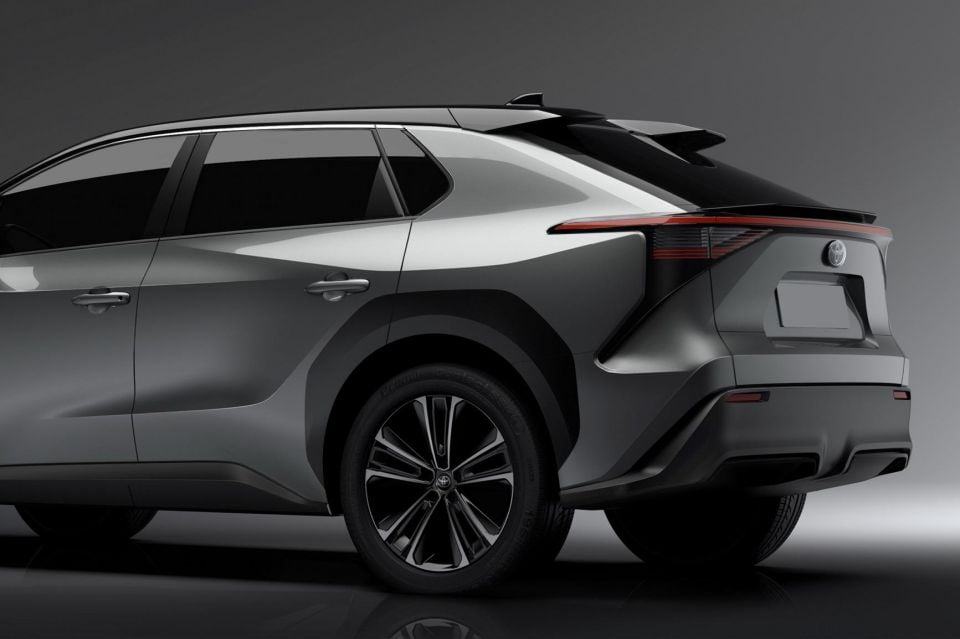
“This is due to significant research and development cost recovery. Like hybrids, battery-electric vehicle adoption and affordability will take time, but certainly not 20 years. They will eventually become a sustainable means of mobility.”
Toyota-suppliedbZ4x data
| bZ4x FWD | bZ4x AWD | |
|---|---|---|
| Weight | 1920kg | 2005kg |
| Length | 4690mm | 4690mm |
| Width | 1860mm | 1860mm |
| Height | 1650mm | 1650mm |
| Wheelbase | 2850mm | 2850mm |
| Power | 150kW one motor | 160kW two motor |
| Battery | 71.4kWh li-ion | 71.4kWh li-ion |
| Range claim | 500km approx. | 460km approx. |
| 0-100km/h | 8.4 seconds | 7.7 seconds |
Where expert car reviews meet expert car buying – CarExpert gives you trusted advice, personalised service and real savings on your next new car.


Damion Smy
38 Minutes Ago


Damion Smy
2 Hours Ago
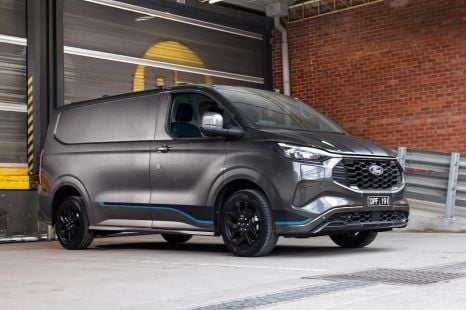

Damion Smy
2 Hours Ago


Damion Smy
3 Hours Ago
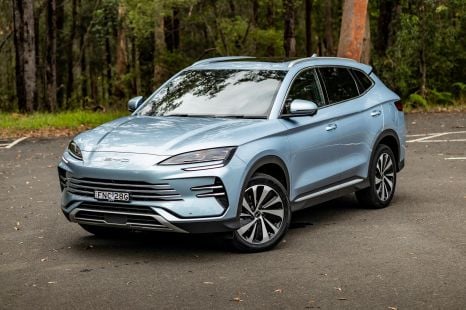

Josh Nevett
3 Hours Ago
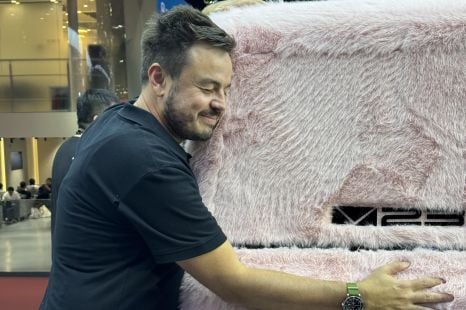

Max Davies
4 Hours Ago